Parashat Ki Tetse
Deuteronomy 21.10-25.19, Isaiah 54.1-10
Moses in our Torah Portion paints a vista of four paintings, A body being removed from a tree of crucifixion for burial, a slave finding freedom, a hunter releasing a bird, and a lender returning a mortgaged cloak before nightfall. Each of these illustrations have a common message summed up in the question, “Who owns the cloak?” You are invited to the exhibit of our Torah Portion, not as a guest but as a critic exploring the nuances of each vignette. Pregnant before our eyes, the paintings implore understanding. What single truth do they portray?
I. A Person
Our first dramatic scene is displayed in a side entry. One wonders if some wished it were hidden. It is ghastly; a sinner hangs on a tree. The spark which once animated him is gone. Those who found him guilty are denied continuing their gaze, our Parashah demands the scene come to an end before the sun can set.
“His body shall not remain overnight on the tree, but you shall surely bury him that day, so that you do not defile the land which the Lord your God is giving you as an inheritance; for he who is hanged is accursed of God.” Deut. 21.22. NKJV
Moses’ painting shows the sun’s slight shift to the west. And while it is yet day his brush strokes bring men to remove the body and place it in a tomb. The visual is the first of four questions. Who owns the corpse? Its life now gone, it no longer wraps nor warms his soul. Should not the State demand it remain draped on the tree – a token of justice? Cultures around Israel left men’s bodies as warning signs? In the Gospels we see Yeshua on a tree, bearing the curse of our sin and shame. In His case, Joseph of Arimathea, and Nicodemus, two leading men of the Sanhedrin, begged the Roman executioner for the body. Hurrying before sun down they wrapped His “cloak” with 100 pounds of spices and laid him in Josephs own tomb. Why must Yeshua bear such a death? No other death could bear our curse.
“Christ has redeemed us from the curse of the law, having become a curse for us for it is written, cursed is everyone who hangs on a tree” Galatians 3. 13 NKJV
Above this image of the setting sun rests the title, “A Person”. The director now motions us through the corridor to the large exhibition hall and our next painting.
II. A Prisoner
Heavy brush strokes show beads of sweat dripping from a man, half glancing back he stands before the open door of a house hoping for refuge. This man, escaped from his servitude, perhaps was taken in war or sold in a failed business venture. The artist does not give a reason for his enslavement, but these words are written in bold letters into the Biblical canvas:
“You shall not give back to his master the slave who has escaped from his master to you. He may dwell with you in your midst, in the place which he chooses within one of your gates, where it seems best to him; you shall not oppress him.” Deut. 23.15-16 NKJV
The expression of the owner of the house is one of compassion and contemplation. He seems to ask, “Who can own a person? It may soothe our thoughts to think such a world has vanished, but even in the modern age slavery still exists. And there is also spiritual slavery. Who can give refuge to the prisoner of sin? Perhaps we see in this vignette a parable of Israel’s escape from bondage. Israel understood the emotions when fleeing slavery, looking over the shoulder in fear, having waters before and an army behind. Israel was the slave who fled for his life and knocked on the dwelling place of God. As one preacher said, “Pharaoh called Israel a slave, but God him a son.” In God’s house there is freedom. Is there room within our gates for the prisoner to find release? Feeling a sense of relief within the painting, we move to our next portrait.
III. A Partridge
The corridor in Moses’ art gallery shifts to a pastoral scene. A hunter desiring to feed his family has spied a mother-bird atop a nest of eggs. He thinks, here is breakfast and dinner. And yet the brush strokes flash quickly to reveal his hand cradling the eggs while his other releases the mother bird.
“You shall not take the mother with the young; you shall surely let the mother go, and take the young for yourself, that it may be well with you and that you may prolong your days.” Deut. 22.6 NKJV
Oh such an antiquated rule one might say? In the wild who would care? And yet over the frame we read, “That you may prolong your days.” The owner of the mother and her eggs has established the rules. By telling him that it will prolong or cut his life short, he lets him know that God is not only the owner of the bird and eggs, but of your life too.
IV. A Pledge
Our final dramatic scene fills an entire gallery wall. It recapitulates the setting sun in the horizon. A well-dressed man hurries through corridors clutching a simple robe, desperate to reach the poor man who mortgaged it to him that morning. In irony, he extends the cloak back to the man for the cold night ahead. Looking puzzled, the poor man brings the mortgaged garment warmly to his face.
“You shall in any case return the pledge to him again when the sun goes down, that he may sleep in his own garment and bless you; and it shall be righteousness to you before the Lord your God.” Deut. 24. 13 NKJV
Perhaps it is fitting that we end with this last painting. It serves as a variation of the first portrait, a body on a tree. Both were to be returned before sundown. We began by asking, “who is the owner of the cloak?” Some may think the lender, he should keep possession until the debts is paid. Others argue the poor man still owns his cloak, but on a cold night what good will that knowledge do him? Ultimately, Moses revealed God as the owner, and to the cloak we add the bird, the slave, and yes our own bodies. Why did the man rush to return the cloak before nightfall? The same reason Yeshua’s disciples rushed to bury Him before the end of the day. You belong to God in life and in death. Even the cloak with which we are wrapped, our body, belongs to Him, reserved for the resurrection. If honoring a mother bird prolongs our life, how much more honoring our parents. Yeshua’s body, given as a sacrifice for our sin, was His cloak. Dignity demanded it be returned to its owner, the Creator of all things. Your worth to God is so much greater you can imagine.
Conclusion
Who truly owns your possessions? You may say, this is my car, house, land. Our Parashah speaks on so many levels. Vividly, it challenges the one who says, “This is my body, my choice”. It reminds the reader, God owns our cloak! I wonder if you see yourself in these pictures. Are you holding the bird or are you in the hunter’s clutches? Do you feel trapped in slavery, trying to escape from the oppression of a cruel master – sin? The command for your release has been given! You belong to God, and His house is the ultimate place of refuge. He has promised – “the one who comes to Me I will by no means cast out.” John 6.37 NKJV There you will find refuge for your soul. In that day, what you thought was lost will be returned.
Shavua Tov from Zion
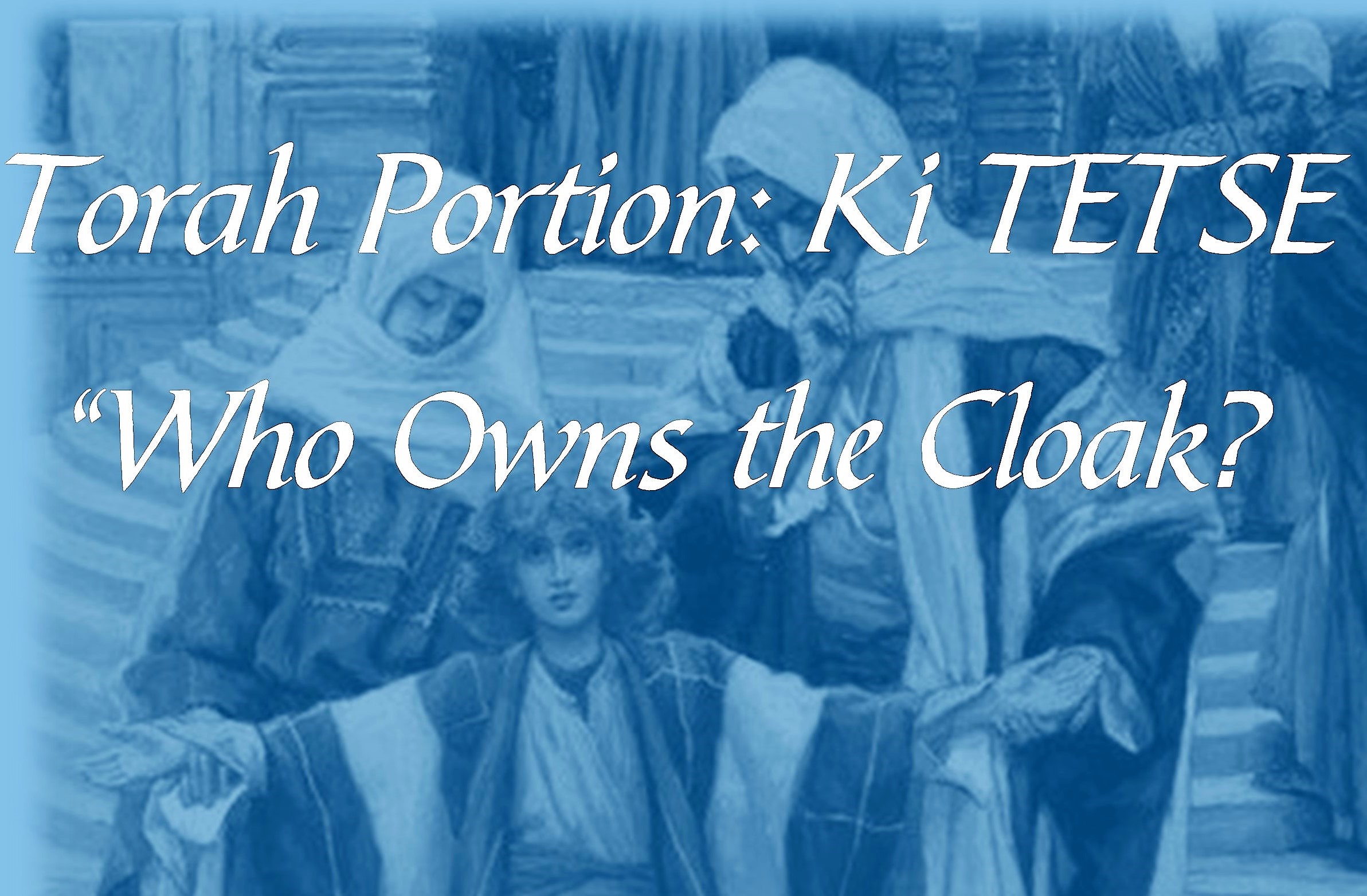
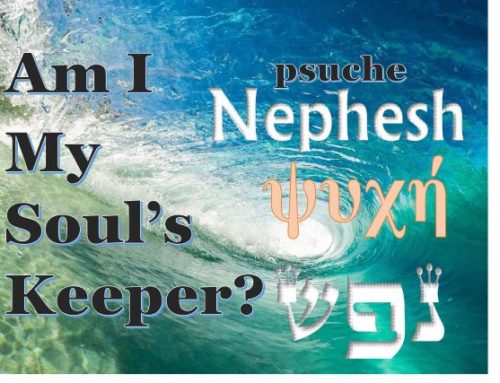
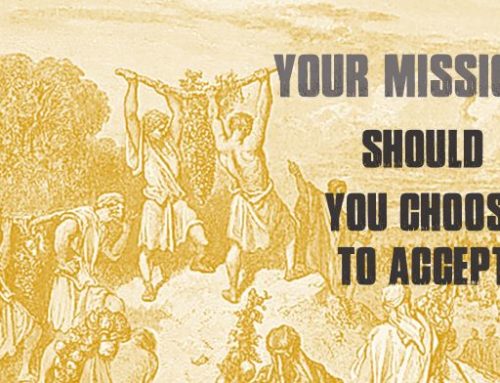
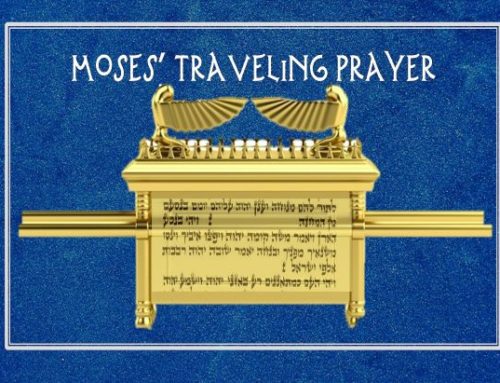
Wow! That is so deep. Thank you for speaking to my heart.
In other words, everything we have, everything we are or do, it all belongs to Him! God owns the cloak.